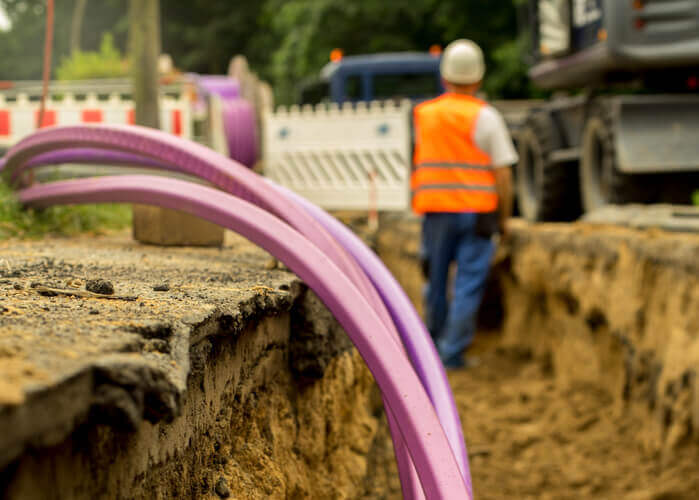Outside Plant Designer (OSP)

About Course
Today many organisations require the BICSI OSP credential on outside plant projects for designers, and on larger projects for project managers and quality inspectors.
An OSP Designer is responsible for many factors involved with ICT projects including the design, supervision of the design and inspection of the inter building cabling and infrastructure. The OSP Designer plans pathways and spaces, entrance facilities, terminations, testing; determines media type; creates bonding and grounding design plans; investigates, coordinates and determines rights-of-way; develops system documentation requirements; applies applicable codes and standards within the design; and verifies the implementation and/or the installation of the design plan.
Reasons to Become an OSP
- Positive Impact on Professional Image.
- Recognised by the ICT Community.
- New Job and Promotion Opportunities.
- Higher Salary Potential.
- Expands ICT Career Field.